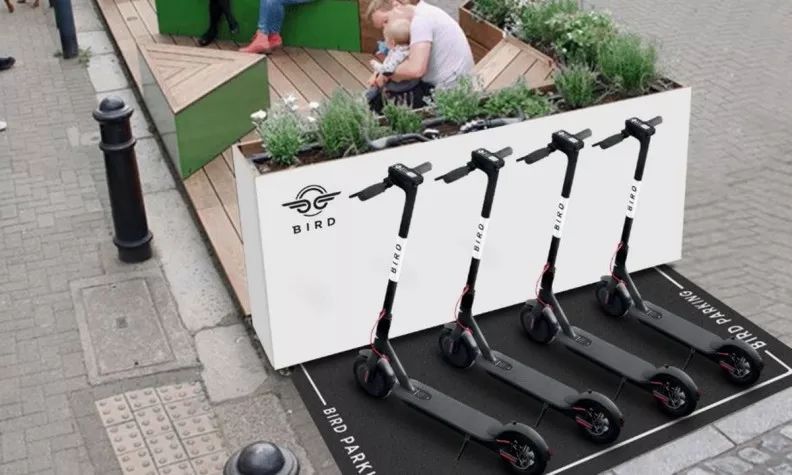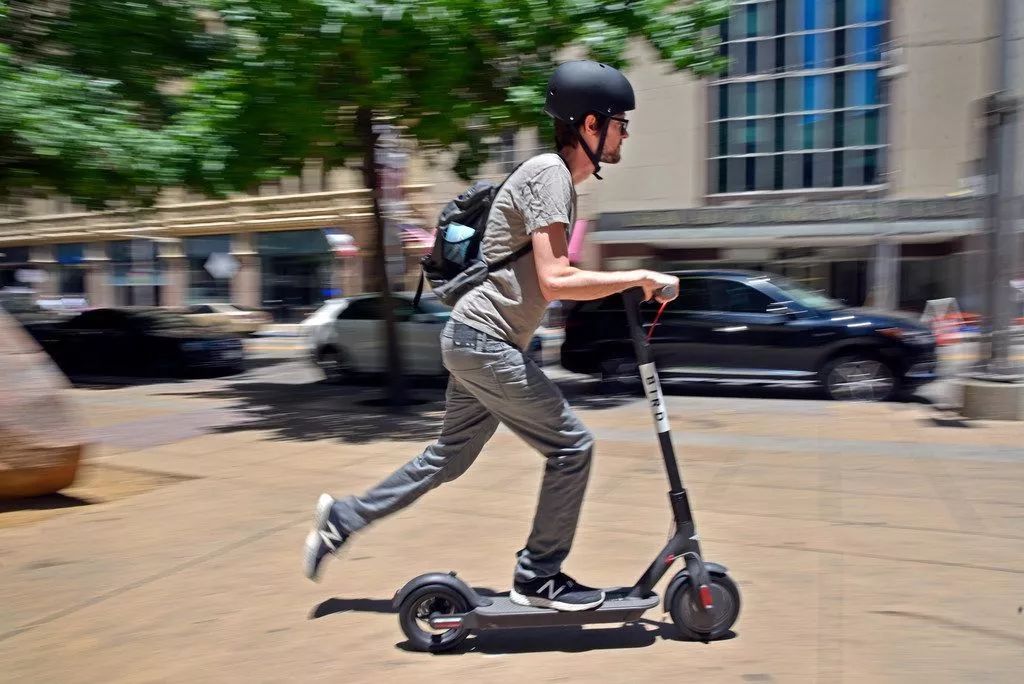Pinpoint demand and consumers will vote with their feet.
Founded less than 18 months ago, with a valuation of $ 2 billion, Bird, a shared electric scooter company, has grown at an alarming rate. Becoming a unicorn in a short period of time, was Bird really born of a strong demand or was born of a bubble. Its investor Mark Suster, as an insider, analyzed Bird’s competitive advantage.
Bird, the earliest startup company that entered the “shared electric scooter” market, received multiple rounds of financing within 18 months of its establishment, with a valuation of more than $ 2 billion, becoming the fastest growing independent Horned beast.

Its investor Mark Suster wrote an article explaining why he invests in Bird and why Bird is so different.
$ 2 billion. Can Bird really be worth so much money?
In less than 18 months since its establishment, $ 2 billion, this valuation has increased so rapidly that many people, including industry journalists and analysts, have expressed concern. It is understandable to respond to this kind of valuation growth, but anyone insider who has seen firsthand how strong consumer demand and sharp increase in real income will not be surprised by this valuation. Consumers are voting with their feet, and Bird’s upfront marketing costs are not high.
When I first saw Bird’s electric scooters on the streets of Santa Monica, I thought no one would use this service. But just a few months later, I started to see people using Bird electric scooters frequently, and this usage continues to increase after that. When I looked down from the office on the 6th floor, there were several Bird electric scooters passing by every 2-3 minutes. So I set foot on a car, went to its office, and talked to the founder about investment, because I have never seen any consumer brand rise so quickly.
Bird is most likely the fastest growing company I’ve ever seen. I won’t disclose its financial information, nor will it have forecasts or timelines. But what I want to say is that its revenue growth is shocking, and because consumer demand has not been met, only supply is the limiting factor for the company’s growth rate.
Does the rise of Bird make sense, and who will be its strong competitor?
This is also a problem I often see, and every timeSuch doubts will exist as a new great company grows. People understand and welcome Facebook, YouTube, Airbnb, Uber, Twitter, Instagram, and other technology or Internet giants, but for Bird, people will say that it has no network effect, no virus transmission, and anyone can start a business in this field. Really? In fact, Bird already has a considerable competitive advantage.
Funds
Bird is the first company to enter this field. Its founder has leadership and practical experience, which has enabled the company to have a strong ability to innovate, and also received US $ 125 million in funds in a short period of time. These factors have given it a strong first-mover advantage. When its products have matured and expanded in multiple local markets, many similar companies are still drafting business plans. As a result, Bird’s financing was smoother, and after raising $ 300 million in financing, it was easier to gain a scale advantage. In the “to-winner” To C market, it may face some competition, but there will not be many heavy competitors.
Density
Bird, as a pioneer, has another advantage of density. When Bird has launched thousands of scooters in the city with a high density, then consumers can find and use scooters within a short walking distance, and this demand is initially met. Once this happens, it will be difficult for newly-entrant followers to obtain a large amount of funds for investment, because discerning investors will no longer make invalid investments.
Products and supporting services
Bird, just like the Apple iPhone in 2007, determined the design style and standard of electric scooters. Later generations have imitated and transformed it based on it. And it has used its leading edge and accumulated market feedback to develop next-generation products.
Adequate financing allows Bird to build complete supporting facilities and services. The first is the charging service and battery. Bird’s service team will replan the stray scooters and charge them at night. There are also enough charging facilities. This has established an efficient charging network to allow consumers to get good charging. Experience. Of course, Bird has also improved on the battery. It uses a battery with a longer service life, which increases the range of the scooter.
Sharing electric scooters is a high-frequency service, and the losses of electric scooters are expected. Bird will establish local engineering maintenance teams in each market to repair damaged wheels, brakes, cables, replace batteries, and more. Such a team is necessary for every startup of its kind. But compared to electric scooters as an industrial product,System, professional engineering maintenance personnel are not so many, and Bird has established such a team, other competitors want to dig people must pay a higher cost.
Data
Bird has a huge lead in data collection. An electric scooter can actually be seen as a computer with wheels. During the operation of the service, the electronic equipment on the scooter can record a large amount of data on the operating route, as well as a large amount of consumer preference data, such as which area has the largest demand and which routes are the most popular. These data can enable Bird to dynamically adjust the vehicle launch volume in each city and optimize the launch area to achieve the optimal configuration; it can also provide these data to city managers to help them better plan future cities.
Brand and user mind
Another obvious first-mover advantage is the brand, or rather the user’s mind. Just like when people want to make a ride on the Internet, they think of Uber first; when they want to use an electric scooter, they think of Bird first. When the concept of Bird equals electric scooters takes root in the hearts of more consumers, the stronger the consumer’s habits, the better the Bird brand will be established.
Why do people use electric scooters instead of walking, cycling or taxiing?
This is a question of whether market demand is real. Walking to work is good for health, but sometimes people may commute more than 1.6 miles (2.56 kilometers), and this distance can take longer. If you choose Uber or Lyft, you will be trapped in a congestion trap in the city center. It may take longer than walking time to wait for an online car to arrive and be blocked on the road. In addition, there is no public transportation between the A and B points you are going to . At this time, the electric scooter can solve the problem very well, it is an excellent “last mile” commuting solution.

Bicycles are also a good solution, but in the US market, electric scooters are crushing short-distance bicycles (<3 miles). If you don't want to drive, bicycles or public transportation will become the first choice.
Of course, do n’t just believe in analysis, you can take a look on the street. In high-density neighborhoods, dozens of Bird electric scooters pass by in a few minutes. When Bird further expands in more markets, this scenario Will appear in more cities. Yes, consumers justIt’s “voting with your feet.”
This article is compiled from medium. The original author is Mark Suster.